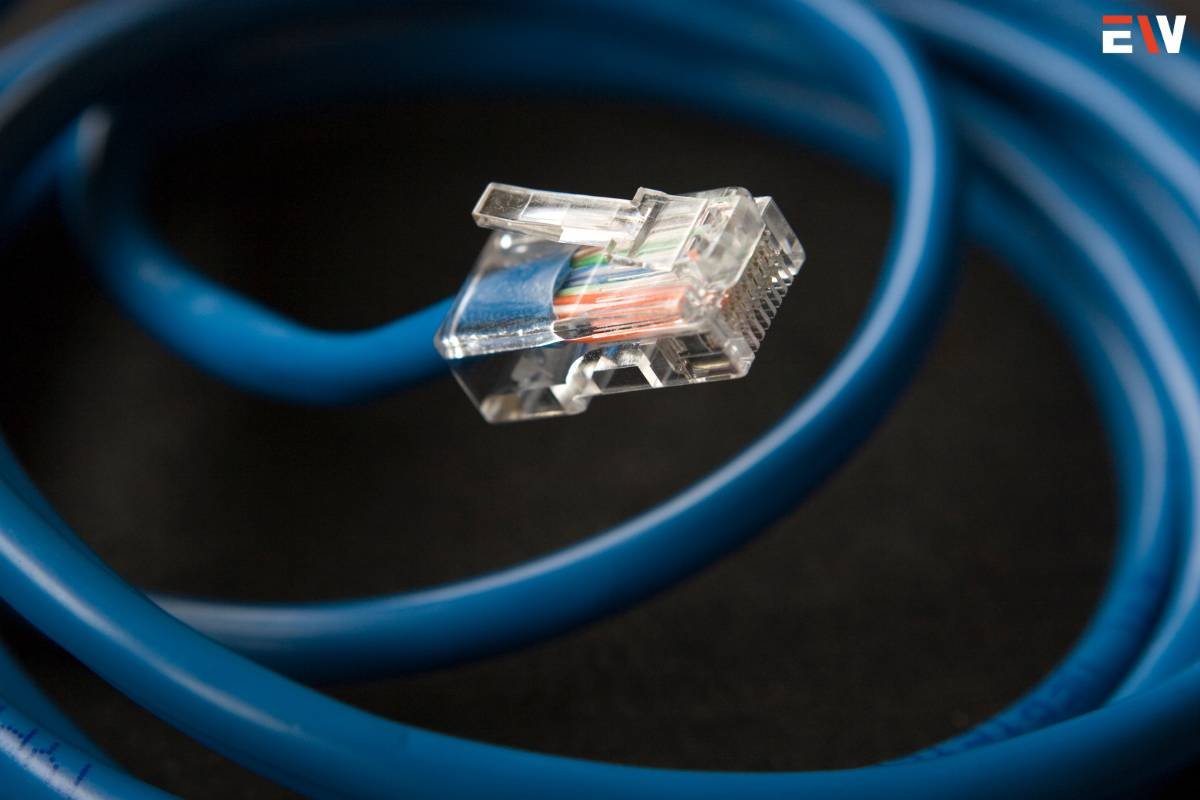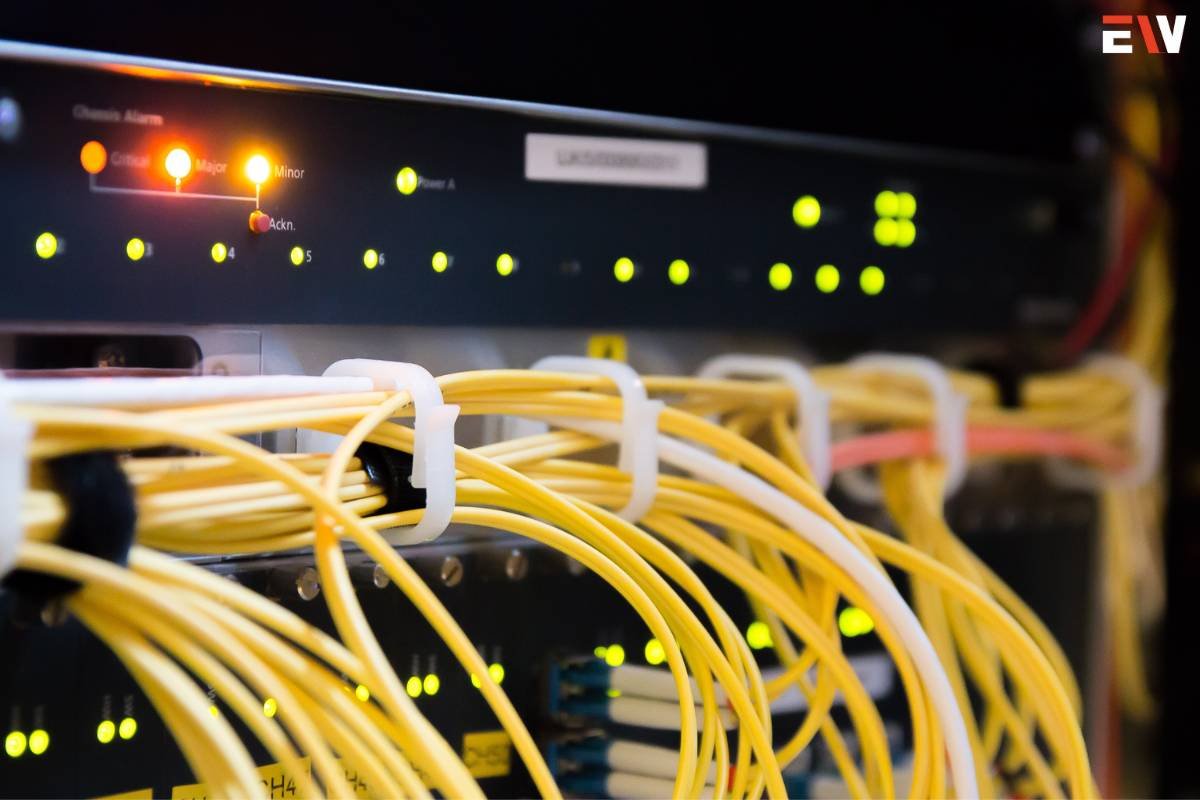In the complex web of modern connectivity, LAN infrastructure stands as the unsung hero, orchestrating seamless communication within localized networks. From the blueprints of design to the complexities of security and scalability, understanding the multifaceted landscape of LAN infrastructure is crucial in fostering efficient connectivity.
Designing an Efficient and Scalable LAN Infrastructure
At the heart of any network lies its architecture. Designing a robust LAN infra involves meticulous planning and adherence to best practices. Scalability remains a cornerstone in this endeavor, allowing networks to expand effortlessly as organizational needs evolve. Embracing standards like 10 Gigabit Ethernet or higher lays the foundation for future-proof networks capable of handling increasing data demands.
Security: Fortifying the LAN Infra
The battleground for cybersecurity extends to LAN infrastructure. Implementing stringent security protocols is imperative to thwart cyber threats and prevent unauthorized access. Encryption, firewalls, and regular security audits serve as bulwarks against potential breaches, safeguarding sensitive data traversing the network.
LAN Infra and Remote Workforces
The recent shift towards remote work has amplified the importance of adapting LAN infra to cater to dispersed workforces. Robust VPN setups, secure access controls, and optimized bandwidth allocation are pivotal in ensuring a seamless and secure remote work experience.
Monitoring and Managing LAN Infra
The complexity of modern networks necessitates sophisticated monitoring and management tools. These tools provide real-time insights into network performance, enabling administrators to proactively address issues and maintain optimal functionality. Efficient management tools are indispensable for ensuring the health and reliability of LAN infrastructure.
LAN Infra in Specialized Environments

The application of LAN infra extends beyond traditional office setups. In educational institutions, it supports the integration of educational technologies, while in industrial settings, LAN infra forms the backbone of interconnected systems in manufacturing plants and IoT-driven industries.
Smart Buildings and LAN Infra Integration
LAN infra plays a pivotal role in the convergence of smart technologies within buildings. It facilitates the interconnectedness of various systems, enabling efficient management of resources and services, from energy optimization to smart security systems.
Absolutely, let’s delve deeper into the future trends, sustainability considerations, and the specific challenges faced in educational and industrial LAN infra.
Future Trends and Innovations in LAN Infrastructure
Looking ahead, the trajectory of LAN infra points towards a paradigm shift driven by emerging technologies. Software-defined networking (SDN) promises dynamic, programmable networks that adapt to changing demands swiftly. Similarly, Intent-Based Networking (IBN) aims to streamline network operations through automation and intelligent policy-based configurations.
The integration of Artificial Intelligence (AI) and Machine Learning (ML) into LAN infra management is another frontier. These technologies empower networks to learn and optimize themselves, predicting potential issues and autonomously adjusting configurations for optimal performance.
Sustainability and LAN Infrastructure

As technology advances, considerations regarding sustainability become imperative. LAN infra, comprising hardware components and energy consumption, contributes to the environmental footprint. Efforts are underway to develop more energy-efficient hardware and protocols, reducing both power consumption and electronic waste.
Furthermore, rethinking network designs to minimize resource utilization and exploring renewable energy sources to power network components are becoming key considerations in building sustainable LAN infra.
Challenges and Solutions in Educational and Industrial LAN Infrastructures
Educational institutions face unique challenges in deploying LAN infra. Catering to diverse user needs, maintaining high bandwidth for multimedia applications, and ensuring secure access for students and faculty present considerable hurdles. However, specialized LAN designs tailored to educational environments, combined with robust security measures and user-access controls, address these challenges effectively.
On the other hand, industrial LAN infra demands ruggedness, reliability, and determinism. The integration of IoT devices, machinery, and control systems necessitates specialized network architectures capable of withstanding harsh environments while ensuring real-time communication and data integrity.
LAN Infrastructure in Healthcare
LAN infra plays a critical role in the healthcare sector, where reliability, security, and seamless connectivity are paramount. From electronic health records (EHR) to diagnostic equipment and communication systems, a robust LAN framework ensures the efficient exchange of vital patient information among different healthcare facilities.
Ensuring compliance with stringent privacy regulations such as HIPAA (Health Insurance Portability and Accountability Act) and implementing secure LAN setups that protect sensitive patient data are central concerns in healthcare infrastructure design. Moreover, prioritizing network redundancy and uptime guarantees uninterrupted access to critical medical resources and services.
IoT Integration and LAN Infra

The proliferation of IoT devices further amplifies the significance of LAN infrastructure. In healthcare, IoT devices such as wearable health monitors and connected medical equipment rely on LAN networks to transmit real-time data securely. Integrating these devices into LAN infra demands robustness, low latency, and stringent security measures to safeguard sensitive patient information.
Furthermore, the integration of IoT extends beyond healthcare, encompassing smart buildings, manufacturing, and various industries. LAN infra serves as the backbone that interconnects a multitude of IoT devices, managing data flow and ensuring seamless communication across these ecosystems.
Reliability and Redundancy
Reliability remains a cornerstone of LAN infra. Ensuring continuous uptime and minimizing disruptions are crucial, especially in critical sectors like finance, healthcare, and emergency services. Redundancy measures, such as failover systems and backup links, mitigate the risks of network downtime, safeguarding operations and data accessibility.
Moreover, technologies like network virtualization and distributed architectures contribute to network resilience by providing alternate routes and redundancy options, enhancing overall reliability and fault tolerance.
Conclusion: Envisioning the Multi-Faceted Realm of LAN Infrastructure
From its pivotal role in healthcare systems to the intricate integration with IoT ecosystems and the essential aspects of reliability and redundancy, LAN infra remains an intricate and indispensable facet of modern connectivity.
Navigating through sectors demanding precision, security, and uninterrupted services, LAN infra embodies adaptability and resilience. Its evolution, powered by technological innovations and driven by the imperative of reliability and security, propels us toward a future where seamless connectivity and data integrity reign supreme. As LAN infra continues to advance, embracing the complexities of interconnected networks, it serves as the enabler, fostering connectivity, innovation, and reliability across diverse domains, ushering in an era defined by interconnectedness and efficiency.










